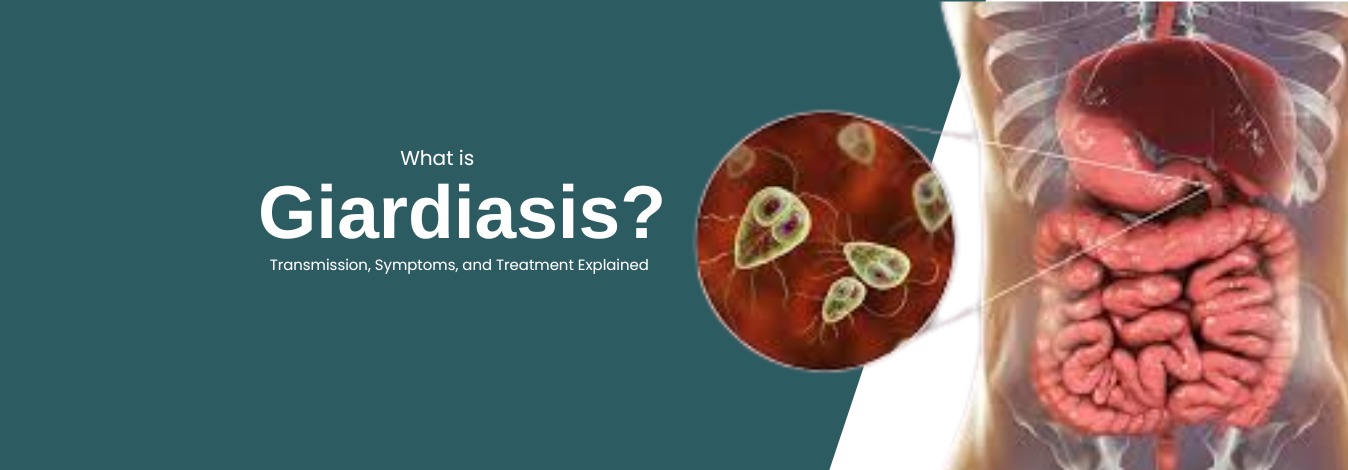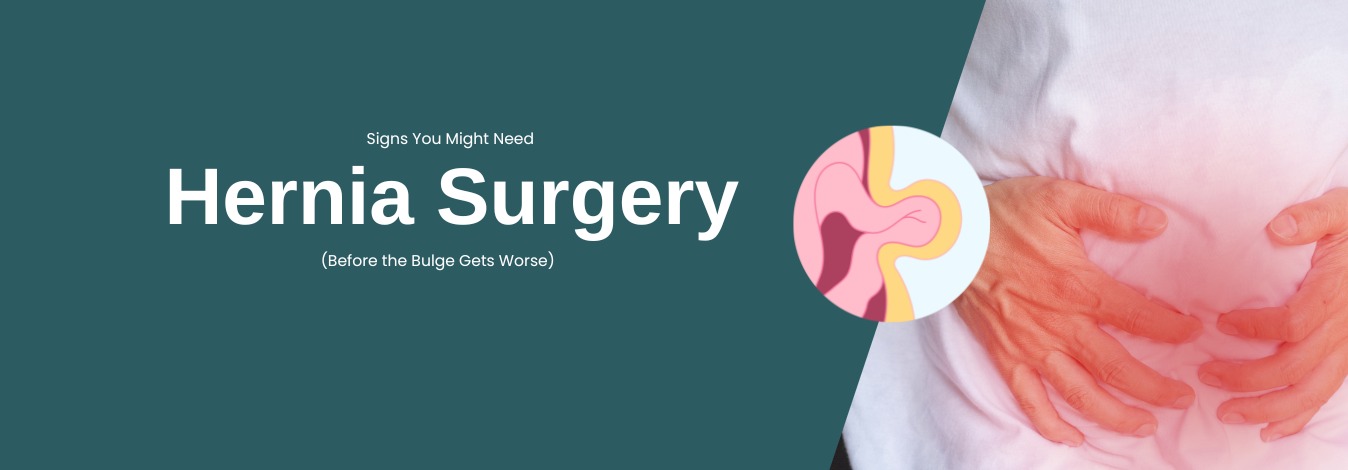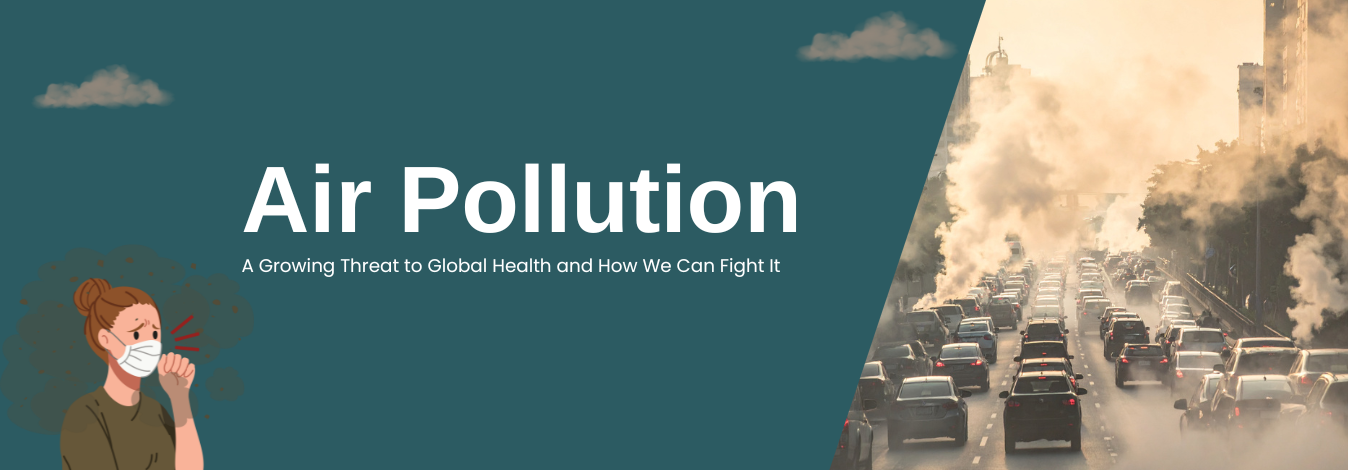Air pollution is a serious global health threat, affecting billions of people every day. Harmful pollutants in the air can damage the lungs, heart, brain, and other organs, leading to short-term discomfort and long-term diseases. Understanding its sources, effects, and practical solutions is essential to protect public health and ensure a cleaner environment for future generations.
What Is Air Pollution and Where Does It Come From?
Air pollution occurs when harmful gases, chemicals, or particulate matter are released into the atmosphere. These pollutants come from both human activities and natural sources, reducing air quality and posing severe health risks.
Key Pollutants
Particulate Matter (PM2.5 and PM10): Tiny particles that penetrate the lungs and bloodstream.
Carbon Monoxide (CO): Produced by incomplete fuel combustion.
Nitrogen Dioxide (NO₂): Emitted mainly from vehicles and power plants.
Sulfur Dioxide (SO₂): Released by burning coal and oil.
Ozone (O₃): A secondary pollutant formed by chemical reactions in the air.
Major Sources
Vehicle emissions from cars, buses, and trucks.
Industrial pollution from factories and power generation.
Agricultural activities like crop burning and pesticide use.
Domestic sources, including wood stoves, kerosene lamps, and cooking smoke.
Natural events such as wildfires, volcanic eruptions, and dust storms.
Health Risks of Air Pollution
The health effects of air pollution are extensive and can impact every stage of life. Exposure can be acute (short-term) or chronic (long-term), with vulnerable groups such as children, the elderly, and pregnant women facing higher risks.
1. Respiratory System Damage
Airborne pollutants irritate the airways, causing inflammation and reduced lung capacity. Long-term exposure increases the risk of:
Asthma and chronic bronchitis
Chronic obstructive pulmonary disease (COPD)
Lung infections and decreased immunity
Lung cancer
2. Cardiovascular Problems
When pollutants enter the bloodstream, they can:
Increase blood pressure and strain the heart
Accelerate plaque buildup in arteries
Lead to heart attacks and strokes
Worsen pre-existing heart conditions
3. Effects on the Brain
Recent research links air pollution to neurological and cognitive issues, including:
Memory loss and reduced cognitive function
Increased risk of Alzheimer’s and Parkinson’s disease
Developmental delays in children
4. Reproductive and Child Health
Exposure during pregnancy is linked to preterm birth and low birth weight.
Children may experience impaired lung growth, frequent respiratory infections, and higher asthma rates.
5. Other Health Effects
Short-Term vs. Long-Term Effects of Exposure
Short-Term Effects
Coughing, sore throat, and difficulty breathing
Headaches, dizziness, and nausea
Eye irritation and watery eyes
Worsening of asthma and allergies
Long-Term Effects
Permanent lung damage
Increased risk of heart disease, stroke, and lung cancer
Reduced life expectancy
Long-lasting effects on child development
Global Burden of Air Pollution
Air pollution is responsible for approximately 7 million premature deaths annually, according to the World Health Organization (WHO). Over 90% of the global population breathes air exceeding safe levels. It is one of the leading risk factors for death and disability worldwide.
Low- and middle-income countries bear the highest burden.
Urban areas face 3–4 times higher pollution levels than rural areas.
Children growing up in polluted cities have reduced lung capacity for life.
Environmental and Economic Impact
Air pollution affects more than human health. It also harms ecosystems, agriculture, and economies.
Environmental Damage
Smog reduces visibility and harms the environment.
Acid rain damages crops, soil, and water bodies.
Climate change is worsened by greenhouse gases.
Pollutants harm wildlife and biodiversity.
Economic Costs
Billions spent on healthcare to treat pollution-related illnesses.
Lost productivity from sick workers.
Crop loss and reduced agricultural output.
Damage to infrastructure and tourism.
Practical Solutions to Combat Air Pollution
Solving the air pollution crisis requires joint action from governments, industries, and individuals.
1. Government and Policy Measures
Enforcing stricter emission standards.
Shifting to renewable energy sources.
Promoting public transportation and electric vehicles.
Implementing urban green zones to improve air quality.
Real-time air quality monitoring for early warnings.
2. Technological Innovations
Advanced air filtration systems in industries.
Electric and hybrid vehicles to cut traffic emissions.
Energy-efficient green buildings.
Smart city technology to monitor and control pollution sources.
3. Individual Actions
Using public transport or carpooling instead of personal vehicles.
Avoiding burning garbage or crop residue.
Planting trees and supporting urban greening projects.
Monitoring air quality before outdoor activities.
Using indoor air purifiers to reduce exposure.
Global Initiatives and Programs
WHO Clean Air Guidelines set global standards for air quality.
The Paris Agreement focuses on reducing global emissions.
UN Clean Air Coalition works on sustainable air management.
India’s National Clean Air Programme (NCAP) targets a 20–30% reduction in PM levels.
These global efforts emphasize the urgent need for collective responsibility to achieve cleaner air and healthier communities.
The Future of Clean Air
A future with clean, breathable air is achievable with strong policies, innovation, and public awareness. Reducing air pollution not only saves lives but also supports economic growth, climate stability, and better quality of life. The transition to clean energy and sustainable practices is essential to secure a healthy planet for the generations to come.
Conclusion
Air pollution is a silent but deadly global crisis. It affects human health, the environment, and economies on a massive scale. By recognizing the risks and implementing effective solutions, we can reduce its impact significantly. Cleaner air means healthier lives, stronger communities, and a sustainable future. Every action counts — from government reforms to individual choices.
✨ Every action counts — from government reforms to individual choices.
If you or your loved ones are experiencing breathing difficulties, persistent cough, asthma, or other respiratory issues, don’t ignore the symptoms.
Book your appointment today with our Pulmonology & Respiratory Care Specialists for expert evaluation and treatment.



